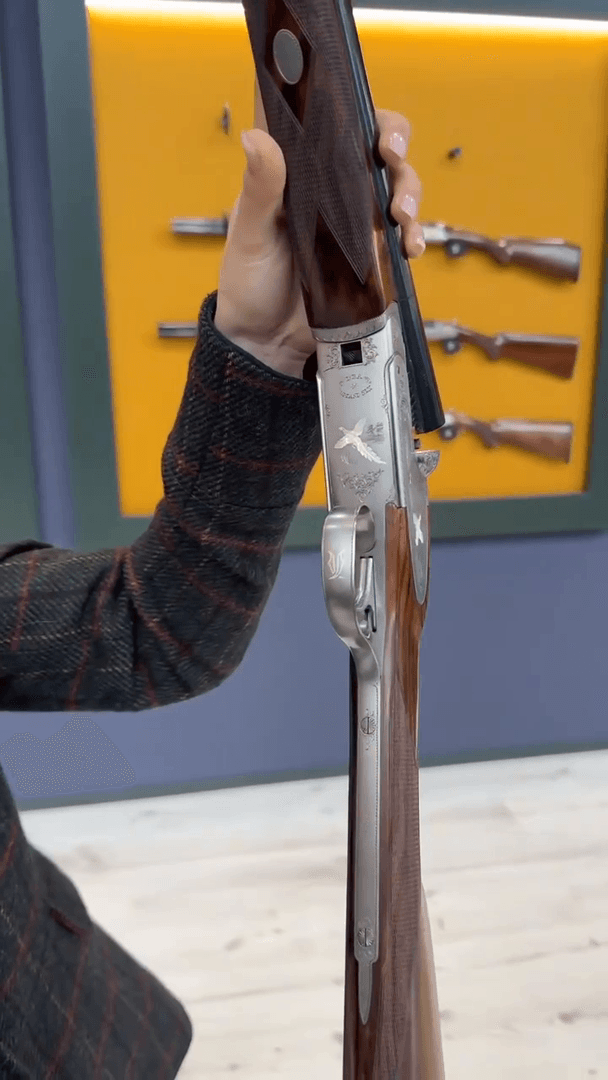
Are All Benelli Shotguns Made in Italy? A Deep Dive into Manufacturing, Myths, and Markings When it comes to premium shotguns, few names carry the weight and reputation of Benelli. Known for their sleek design, inertia-driven systems, and military-grade reliability, Benelli shotguns are a staple among hunters, sport shooters, and tactical professionals alike. But one question continues to surface across forums, gun shops, and search engines: Are all Benelli shotguns made in Italy? Let’s unpack the facts, clear up the confusion, and explore what “Made in Italy” really means when it comes to Benelli firearms. 🔍 What People Are Asking Online Before we dive into the answer, here are some common variations of this question that users search for: • Where are Benelli shotguns manufactured? • Is Benelli USA making shotguns in America? • Are Turkish Benelli shotguns real? • Which Benelli models are made in Italy? • Is the Benelli M4 made in Italy or the USA? These variations reflect a growing curiosity - and sometimes skepticism - about the origin of Benelli firearms. 🇮🇹 The Short Answer: Yes, Benelli Shotguns Are Made in Italy Benelli Armi S.p.A. is headquartered in Urbino, Italy, where the company was founded in 1967. According to multiple sources and factory documentation, all genuine Benelli shotguns are manufactured and assembled in Italy, specifically at their state-of-the-art facility in Urbino A B. This includes iconic models like: • Super Black Eagle series • M2 and M4 Tactical • Montefeltro • Nova and SuperNova • 828U over/under • Ethos and Vinci Even though Benelli USA handles distribution, marketing, and customer service in Accokeek, Maryland, it does not manufacture firearms A. 🏭 What About Turkey or the USA? Some confusion stems from the global nature of firearms manufacturing. Here’s what’s true: • Benelli does not operate any shotgun production facilities outside Italy A. • Some components (like synthetic stocks or small parts) may be sourced globally, but final assembly and quality control are done in Italy A. • Benelli USA is a subsidiary that handles logistics and support - not manufacturing. • Turkish-made “Benelli-style” shotguns exist, but they are not made by Benelli Armi S.p.A. and are often clones or unauthorized copies B. If a shotgun claims to be a Benelli but is marked “Made in Turkey,” it’s not an authentic Benelli. 🧪 Why “Made in Italy” Matters The “Made in Italy” label isn’t just a marketing flourish - it’s a guarantee of craftsmanship, precision, and quality control. Benelli’s Italian facility uses: • CNC machining for ultra-precise tolerances • Hand-fitting and inspection by skilled artisans • Rigorous testing for every firearm before it leaves the factory This commitment to quality is why Benelli shotguns are trusted by U.S. Marines, law enforcement agencies, and Olympic shooters. 🧠 How to Verify Authenticity To ensure your Benelli shotgun is the real deal: • Look for “Made in Italy” markings on the barrel or receiver • Check the serial number and model against Benelli’s official database • Buy from authorized dealers or distributors • Be wary of unusually low prices or vague origin claims 🧭 Final Thoughts So, are all Benelli shotguns made in Italy? Yes - every authentic Benelli shotgun is manufactured and assembled in Urbino, Italy, under the strict standards that have made the brand legendary. If you’re holding a Benelli, you’re holding a piece of Italian engineering - not just a firearm, but a legacy.
Post: 2 July 13:49














































